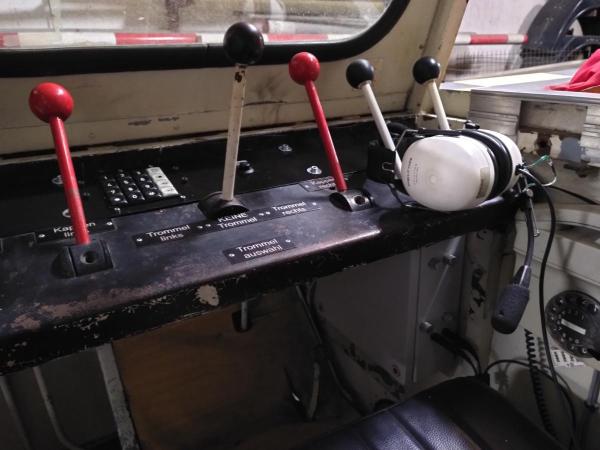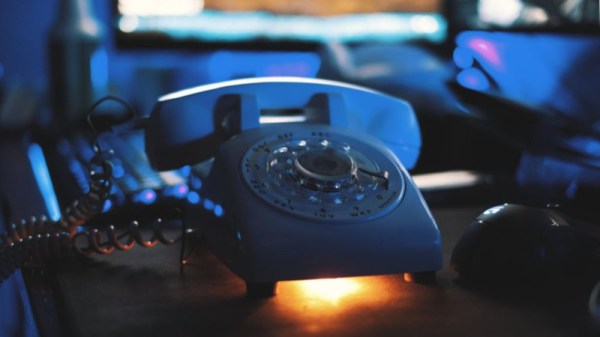While gliding might be the most calm and peaceful way of moving through the air, launching a glider is a rather noisy and violent process. Although electric winches do exist, most airfields use big V8-powered machines to get their gliders airborne. [Peter Turczak] noticed that the winch operators at his airfield often had to juggle multiple communication channels while pressing buttons and moving levers, all with the deafening roar of a combustion engine right next to them. To make their life easier, he built a single communication device that combines multiple radio inputs and an analog telephone .

The main user interface is a sturdy headset that dampens engine noise significantly. This headset is connected to a cabinet that contains several modules connecting to different audio sources: an analog telephone line, an aircraft radio receiver, a PMR handheld radio, and even a music source in case the other lines are quiet. The system contains automatic switchover circuits based on a priority system, ensuring that important messages are never missed.
The electronic design is based on classic analog components like NE5532 and TL084 op amps, all mounted on small, custom-made PCBs. Audio transformers are used to avoid ground loops between the various signal sources while relays mute sources that are not prioritized. To ensure seamless compatibility with the telephone network, [Peter] used components from old desk phones, including line transformers, a DTMF keypad and even a mechanical ringer. His blog post is full of details that will be of interest to anyone working with op amps and audio, such as how to stabilize an amplifier that has significant wiring capacitance on its input.
At heart this whole project is “just” an audio mixer, although optimized for a very specific purpose. But designing even a simple mixer is by no means an easy task, as we reported a few years back. If you’re more into winches, you’ll be delighted to find that smaller ones can also be used for sledding and even wakeboarding.












